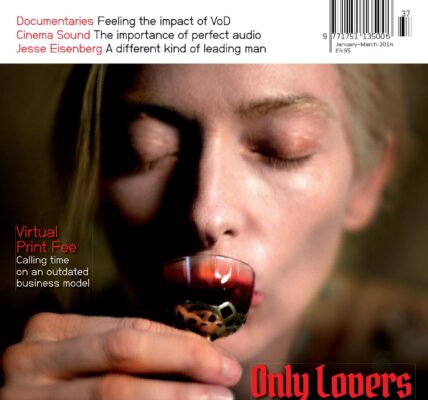The Modern Movie Industry: A Glimpse into Today’s Cinematic Landscape
Explore the dynamic and ever-evolving landscape of the modern movie industry. Discover the impact of streaming platforms, changing consumer habits, and emerging cinematic trends that are shaping the way we experience and engage with films today.
Introduction
The movie industry has undergone a remarkable transformation in recent years, propelled by technological advancements, changing consumer habits, and emerging cinematic trends. As we navigate the modern cinematic landscape, it’s evident that the way we experience and engage with films is evolving. In this article, we delve into the contemporary movie industry, exploring the influence of streaming platforms, the role of movie theaters, the digital revolution, and the exciting cinematic trends that are shaping the present and future of filmmaking.
**1. The Rise of Streaming Platforms:
Streaming platforms have redefined the way we consume content, including movies. With the advent of giants like Netflix, Amazon Prime Video, and Disney+, audiences now have instant access to a vast library of films and shows from the comfort of their homes. This shift has sparked a new era of on-demand entertainment, transforming how movies are distributed and consumed.
**2. Changing Consumer Habits:
The convenience of streaming has contributed to changing consumer habits. Many viewers prefer the flexibility of watching movies at their own pace, on a variety of devices. This trend has encouraged filmmakers to adapt their storytelling techniques to capture and retain viewers’ attention in an increasingly competitive digital landscape.
**3. Theatrical Experience vs. Home Viewing:
While streaming has reshaped the movie industry, the theatrical experience remains a vital aspect of film culture. Movie theaters provide a communal and immersive setting that allows audiences to escape reality and connect with stories on the big screen. However, the balance between theatrical releases and digital distribution is evolving, prompting studios to explore simultaneous or staggered release strategies.
**4. Diverse Content and Representation:
The modern movie industry is embracing diversity and inclusion, both in front of and behind the camera. Filmmakers are producing stories that reflect a wide range of perspectives, cultures, and identities. This shift not only enriches storytelling but also resonates with audiences who seek authentic and relatable narratives.
**5. Technological Advancements:
Technological innovations continue to shape the movie industry, from advancements in visual effects and animation to the use of cutting-edge cameras and equipment. These tools empower filmmakers to bring their creative visions to life and immerse audiences in captivating worlds.
**6. Global Reach and International Collaborations:
The digital age has enabled films to reach global audiences like never before. Filmmakers from different corners of the world are collaborating on international co-productions, creating narratives that transcend cultural boundaries and resonate with diverse viewers.
**7. Emergence of Short-Form Content:
Short-form content, including web series and short films, has gained popularity as platforms like YouTube and TikTok offer creators new avenues to showcase their work. This trend has opened doors for emerging filmmakers to experiment with storytelling and gain recognition through bite-sized narratives.
**8. Interactive and Immersive Experiences:
The integration of technology into storytelling has given rise to interactive and immersive experiences. Virtual reality (VR) and augmented reality (AR) offer audiences the opportunity to step into the world of a movie, blurring the lines between fiction and reality.
**9. Content Curation and Personalization:
Streaming platforms employ algorithms to curate content recommendations based on users’ viewing history, preferences, and behaviors. This personalized approach ensures that viewers are presented with movies that align with their interests, contributing to an enhanced and tailored entertainment experience.
**10. Adapting to the Digital Age:
Filmmakers and studios are adapting to the digital age by exploring innovative marketing strategies, engaging audiences through social media, and leveraging online platforms to promote their work. The ability to connect directly with viewers fosters a sense of community and anticipation around upcoming releases.
Conclusion
The modern movie industry is a dynamic and multifaceted landscape, marked by the intersection of technology, changing consumer habits, and diverse storytelling. As streaming platforms redefine how we consume content and movie theaters continue to offer an immersive experience, filmmakers are embracing new tools and techniques to captivate audiences worldwide. The embrace of diversity, the rise of short-form content, and the integration of interactive experiences all contribute to a cinematic landscape that is ever-evolving and always exciting. With each innovation, trend, and narrative, the movie industry of today is shaping the entertainment landscape of tomorrow.











